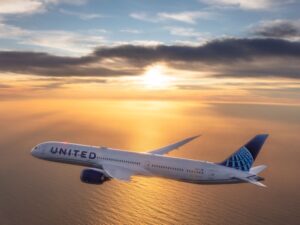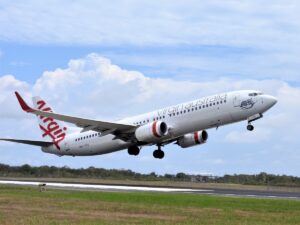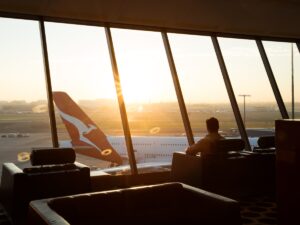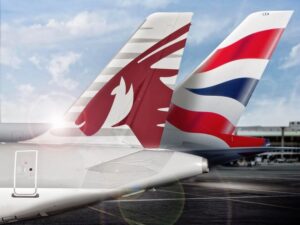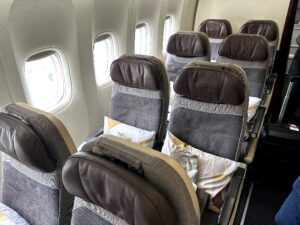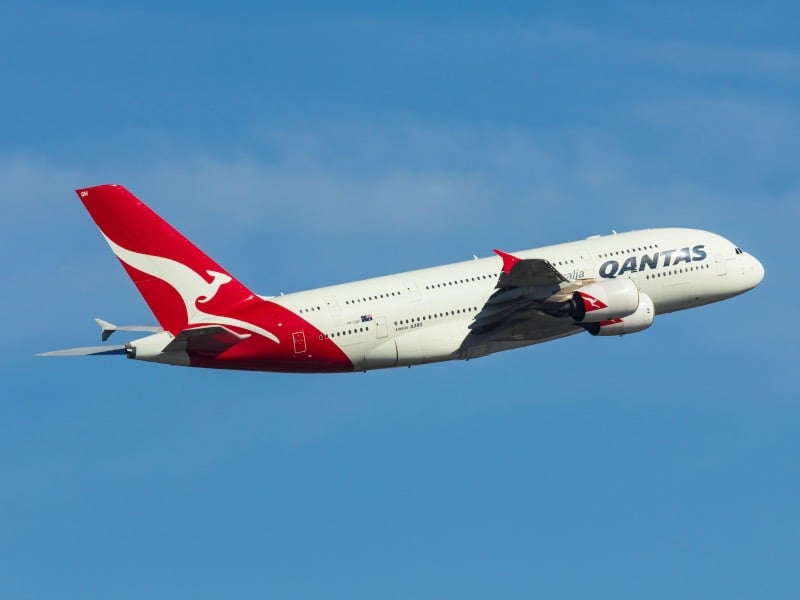
If you’ve looked at international airfares lately, you may have noticed how much more expensive they are compared to pre-COVID times. In fact, Qantas Business Class fares on some routes are now selling for close to $30,000 return during busy travel periods.
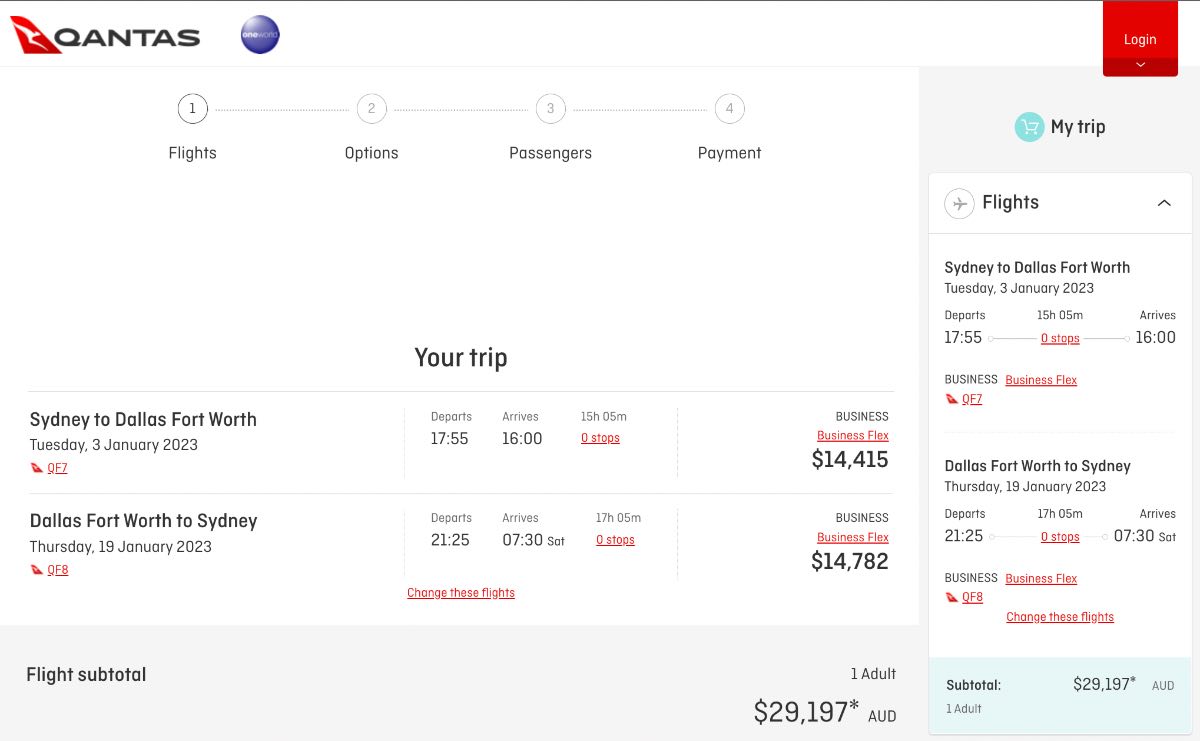
As Australian Frequent Flyer covered recently, there are numerous reasons for the high international airfares. High fuel prices, Russian and Ukrainian airspace issues and a lack of competition from Chinese airlines are all contributing factors. But the main reason for the expensive international fares is a lack of capacity in the market. Demand has returned with a vengeance, but supply has not yet kept up.
In July 2022, the most recent month for which data is available, Qantas filled more than 90% of seats on average on its flights between Australia and Italy, UK, South Africa, Indonesia and Singapore. Most other Qantas international routes also attracted higher than average load factors (the percentage of seats occupied), as you can see from the chart below:
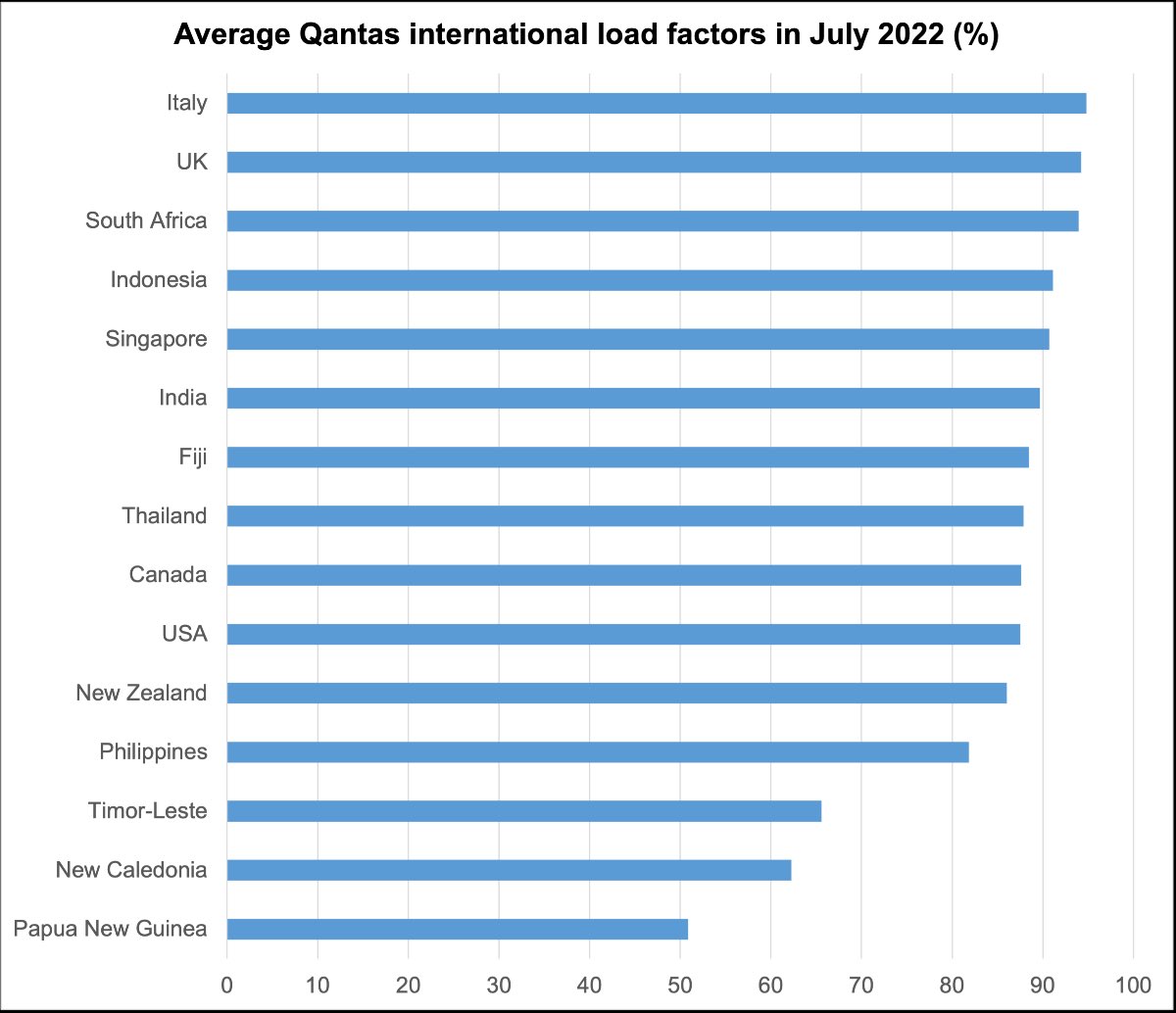
Considering tickets were largely sold without discounting, those figures are remarkable.
Many other airlines flying internationally to Australia are experiencing similarly full flights. Etihad, for example, filled more than 98% of seats between Australia and Abu Dhabi in July. And Air Canada’s flights to Australia are so full that passengers are routinely being offered cash incentives to take a different flight.
After several years of significantly depressed demand, airlines are now making hay while the sun shines and cashing in on the mismatch between supply and demand.
Prices expected to moderate as capacity is restored
While the high international airfares are causing temporary pain for travellers, the good news is that these won’t stick around forever.
In a market update released last Thursday, Qantas said that “yields from international markets are particularly strong but are expected to moderate as Qantas and other carriers steadily increase capacity.”
Yield refers to the revenue earned for every kilometre flown by a paying passenger and is a measure of the prices customers are paying.
In other words, Qantas is acknowledging that its international airfares are much higher than usual at the moment. But Qantas predicts that it will have to reduce its airfares progressively as more seats are added back into the market.
Capacity is returning to the Australian market
The good news is that a lot of routes that had been paused during the pandemic will resume in around two weeks from now. A few new routes will also launch at the end of this month. These include:
- AirAsia X – Melbourne to Kuala Lumpur
- AirAsia X – Perth to Kuala Lumpur
- AirAsia X – Sydney to Auckland (new route)
- Air Mauritius – Perth to Mauritius
- Jetstar – Sydney to Seoul (new route, replaces pre-COVID Gold Coast-Seoul route)
- Qantas – Sydney to Santiago
- United Airlines – Brisbane to San Francisco (new route, replaces pre-COVID Qantas service)
- United Airlines – Melbourne to Los Angeles
- United Airlines – Sydney to Houston
- Virgin Australia – Brisbane to Queenstown
- Virgin Australia – Melbourne to Queenstown
- Virgin Australia – Sydney to Queenstown
In the coming weeks and months, the frequency of services on some other international routes such as Sydney-Auckland-Santiago on LATAM Airlines and Melbourne-San Francisco on United will also be increased. Emirates and Qatar Airways will also upgrade their Perth services from Boeing 777s to larger Airbus A380s.

In addition, Qantas will launch Perth-Jakarta, Melbourne-Dallas/Fort Worth and Sydney-Seoul flights in December 2022. Qantas plans to resume the Sydney-Hong Kong route in late January 2023, and will start flying from Sydney to New York via Auckland in June 2023. By then, the flying kangaroo will also have restored most of its pre-COVID trans-Tasman capacity.
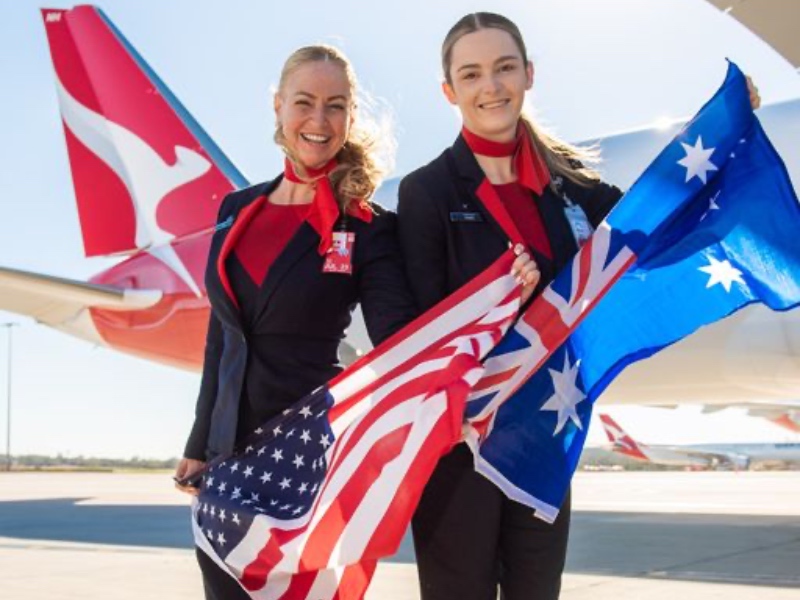
Qantas says that its international capacity returned to 56% of pre-COVID levels between July and September 2022. It will soon be back at 61%, and over the first half of 2023 Qantas expects to be operating at 77% of its usual international capacity. The increase in flights will be made possible by the return to service of Qantas’ remaining A380s and the delivery of three new Boeing 787-9s.
According to Qantas’ own predictions, all these new services will have the effect of bringing down airfares. That’s good news for the travelling public.
You can leave a comment or discuss this topic on the Australian Frequent Flyer forum.
